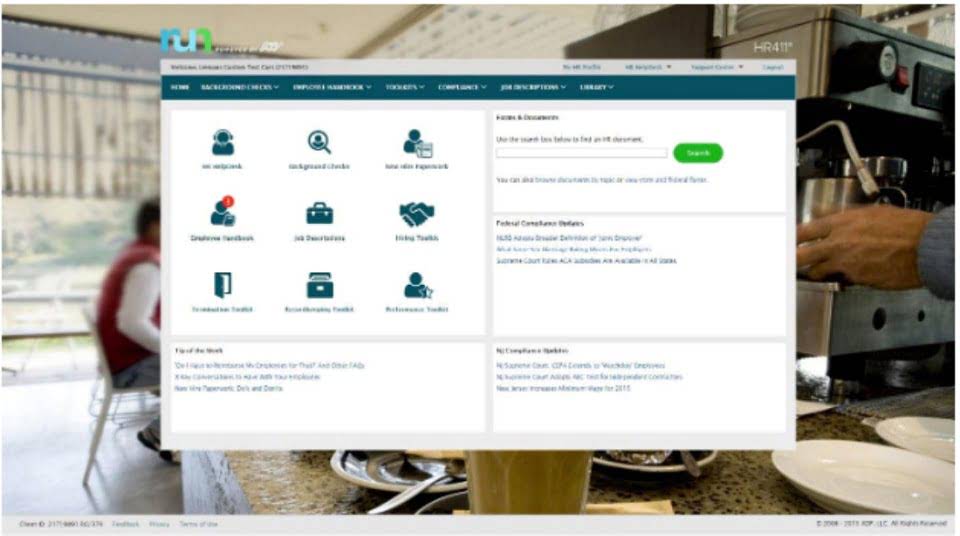
Author’s Charges – These count against royalty payments and include things like proofreading expenses, indexing, or perhaps a photo shoot. All of your financial transactions make a difference to your accounts – but it’s not always clear whether they increase or decrease the value of your business. To help understand this better, let’s take an example of royalty accounting in five steps. In the software industry, developers and companies earn royalties for the use of their software or applications. For example, when a company licenses a software program for its employees’ use, the software developer receives royalties based on the number of licenses sold. This also applies to mobile applications, where developers earn royalties based on the number of downloads or in-app purchases.
- Accurate royalty payment calculations begin with understanding the specific terms of the agreement.
- The terms of the arrangement are contained within a license agreement, which is entered into by the asset owner and the party wanting to use the asset.
- In the third case when the actual royalty amount exceeds the minimum rent and short working is recouped then the entries will look like this for lessor.
- Operations allow for fully automated recoupments, including the Cross-Collateralization mechanism for recouping Expenses on multiple Contracts of the same Rights-Holder.
- It may contain in the royalty agreement that excess of minimum rent paid over the actual royalty (i.e. shortworkings), may be recoverable in the subsequent years.
- In conclusion, accounting for royalties requires diligence, accurate data management, a thorough understanding of agreements, and compliance with accounting standards.
Importance and Benefits of Accounting for Royalties

These royalties are typically expressed as a percentage of revenue, profit, or a flat fee. In many licensing agreements, royalty rates are defined as a percentage of sales, a payment per unit, or a percentage of the gross or net revenues obtained from the use of property. However, they can be negotiated on a case-by-case basis according to the wishes of both parties. The short workings refers to the difference between the actual royalty and the minimum rent. Disclosure for royalty agreements ensures stakeholders understand the nature and extent of these arrangements.
Nonprofit Accounting: Key Practices for Financial Success
A royalty is a payment made to an individual or company for the ongoing use of their property, including copyrighted works, franchises, and natural resources. A royalty compensates owners when they license their assets for another party’s use. According to the lease agreement, minimum rent, fixed rent, or dead rent is a type of guarantee made by the lessee to the lessor, in case of shortage of output or production or sale.
Definition of Royalties
- Students and professionals who understand this topic will be able to handle complicated contracts and journal entries with ease.
- In the world of franchising, franchisors earn royalties from franchisees for the use of their brand, business model, and ongoing support.
- If there is no clause in the Royalty agreement about the Minimum Rent, there will neither be any short-working nor any recoupment.
- A royalty arrangement starts with the licensor and licensee negotiating and drafting a formal licensing agreement.
Usually, the agreement signed by the lessee and the lessor under Royalty Accounting provides for a clause. This allows them to carry forward short work to be adjusted to them in the future. As per question, excess royalties are recoverable out of royalties of next five years. It means, short-workings of first year should be recouped against the excess royalty of 2nd, 3rd, 4th, 5th and 6th year.


You are required to give the Journal entries and ledger accounts in the books of the company. In the third case when the actual royalty amount exceeds the minimum rent and short working is recouped then the entries will look like this for lessor. In the first case, when the minimum rent is more than the actual royalty amount this is how the entry will look for the lessor. In the third case, when the actual royalty amount exceeds the minimum rent and short working is recouped, then the entries will look like this for royalty in accounting lessee.

Difference between Royalty and minimum
Royalty audits are examinations of royalty transactions and related records to ensure compliance with contractual terms. They serve as a safeguard Oil And Gas Accounting for both licensors and licensees, providing transparency and accountability. During an audit, financial professionals meticulously review sales reports, financial statements, and other relevant documentation to verify that royalty payments are accurate and in line with agreements. For example, a film studio may audit a toy manufacturer’s sales records to confirm that royalty payments for character merchandise are correct. In conclusion, accounting for royalties requires diligence, accurate data management, a thorough understanding of agreements, and compliance with accounting standards.

In certain circumstances, licenses of IP containing a royalty based on sales or usage are determined to not be distinct and are bundled together with other promised goods or services as one performance obligation. This bundling can occur when the license of IP is closely tied to a promised good or service. For example, a software licensing agreement may include installation services and training for the licensed software, which may be bundled together. However, regardless of the distinctness of a license for IP, the exception for sales- and usage-based royalties is still applicable. Generally, consideration in a sales-based royalty agreement is contingent upon and paid out as the licensee sells goods or services that utilize the licensed IP. In many cases, a sales-based royalty is paid out as a portion or percentage of sales revenue generated using the licensed IP.
Tax Implications
Some of the factors can include any risks https://www.dcadesign.net/accounting-for-governmental-nonprofit-entities-5/ involved, the exclusivity of rights, any available alternatives, innovation levels, and the market demand for the product or services wanted. There can also be a variable percentage outlined when it comes to royalty income. There can be a wide range of royalty types depending on the needs of the licensee and the product or service the licensor can provide. For example, someone who invents a product can choose to sell it to a third party.
